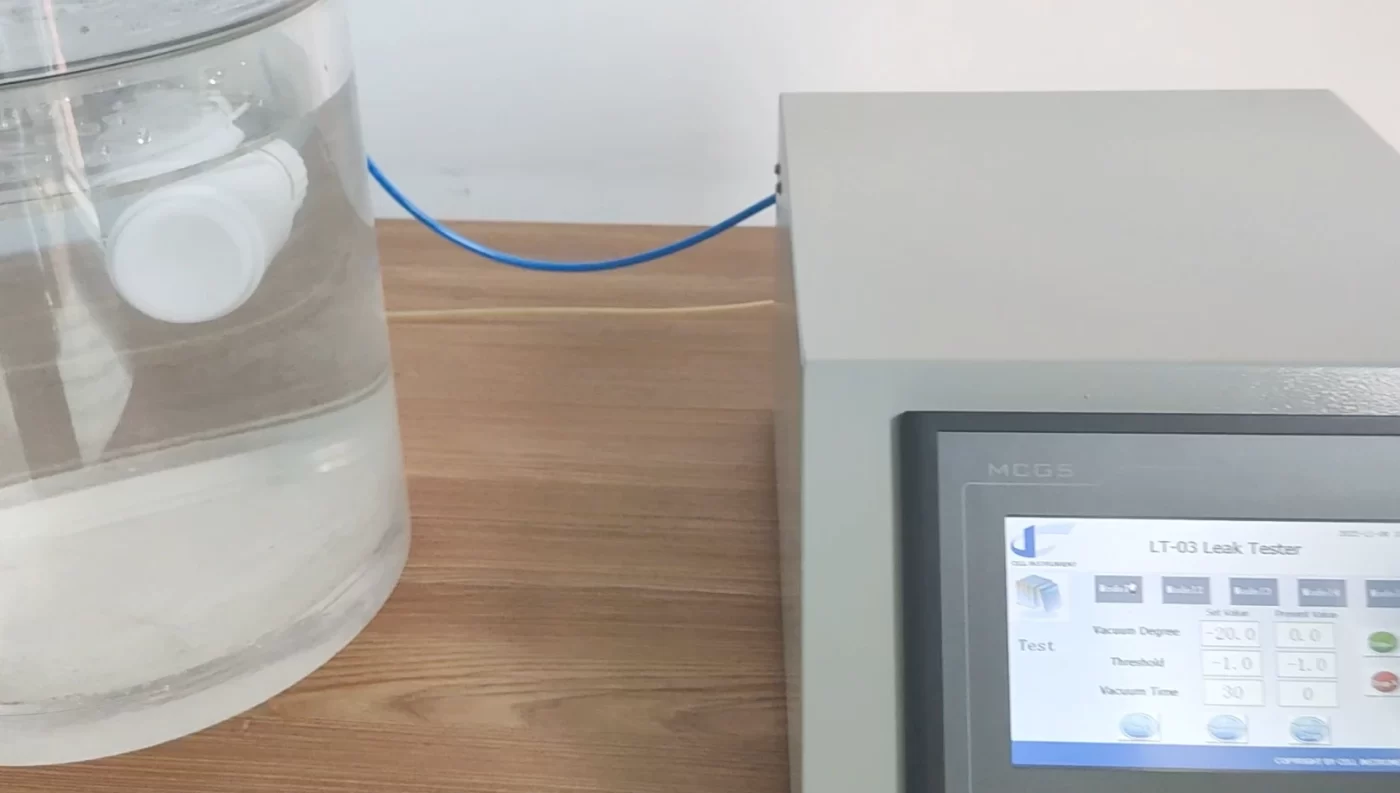Comprovador de fuites LT-02
El Comprovador de fuites LT-02 és una solució de prova de buit automàtica d'alt rendiment dissenyada específicament per detectar fuites en envasos flexibles, especialment en aplicacions on hi ha gas d'espai de capçalera. Aquest equip s'utilitza habitualment en indústries alimentàries, begudes, farmacèutiques i altres on la fiabilitat dels envasos és fonamental per mantenir la qualitat del producte.




